Brad and I recently took a week-long trip to Iceland in late August 2014. The trip didn’t go as expected to the say the least. We both came down with severe flu-like sicknesses and it pretty much kept us from being able to see everything we had listed on out itineraries. After looking forward to visiting Iceland for so long, it was a huge bummer to say the least. However, we were still able to see some of the attractions and even though we weren’t able to make it out to every site we wanted to, we got a good feel of the layout of Iceland. So here are a few pointers for planning an amazing trip to Iceland.
Like snow? Want to see the northern lights and still have some daylight? Visit in March.
Maybe you’ve already decided on the time of year you will be heading to Iceland but if you haven’t then there are a few things to keep in mind. My personal recommendation is to go in the spring. Here’s why: if you go in March you can see the northern lights above beautiful glistening snow, still have enough daylight to explore some of the terrain during the day, and you’ll be able to see some of the ice caves (not available in the fall).
Other seasons do have their advantages, though. Summer has endless daylight and so there is plenty of time for you to explore and the weather is very mild, though it is also peak tourist season. Winter will likely give you the clear dark skies that are perfect for northern lights viewing but that comes at the the price of having almost no daylight and blistering cold winter temperatures. As you can see, there will obviously be pros and cons for each time of year, but if you’re interested in the northern lights and like the idea of being around snow then late February or March is probably best time of year for you to visit Iceland. (For the record, a March visit just didn’t fit into our schedule and that’s why we chose to visit in Aug/Sept.)
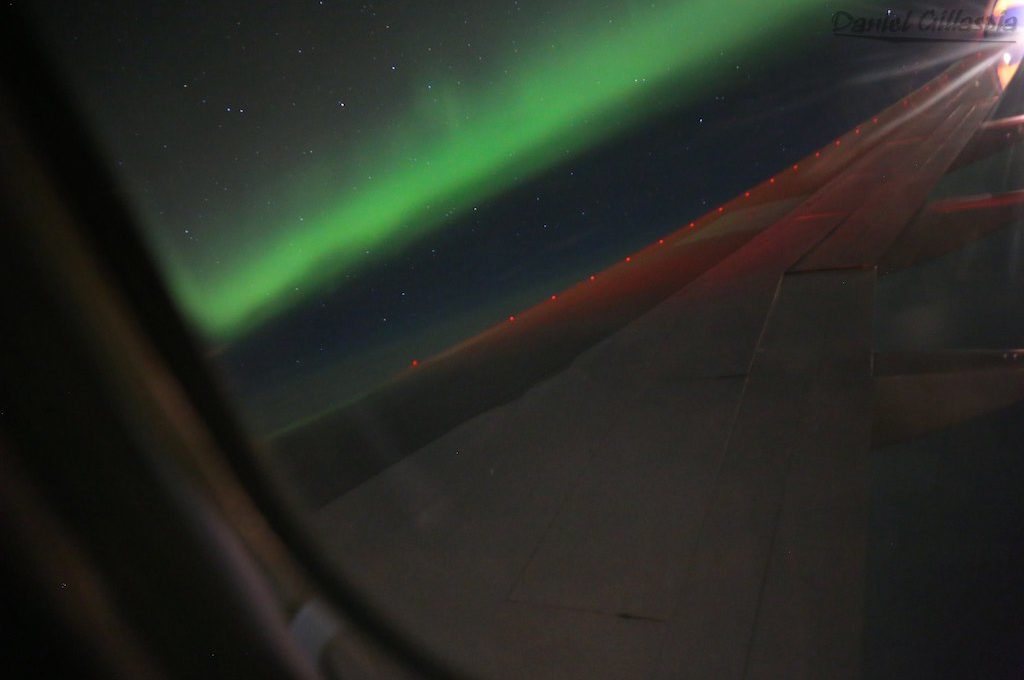
Tip: Use WalletFlo for all your credit card needs. It’s free and will help you optimize your rewards and savings!
Golden Circle is an easy day trip
The Golden Circle can be easily seen in one day. If you’ve begun researching things to do in Iceland you’ve inevitably come across the “Golden Circle.” If you haven’t heard of it, the Golden Circle is an area just outside of Reykjavik that consists of Gulfoss, the Geysir hotsprings, and Þingvellir National Park. There are a few other locations that sometimes make the list as well. These “big three” locations can easily be seen within a half day and if you get an early start out to the area, you should definitely have enough time to see them all, relax for lunch and still get back to Reykjavik or another nearby city in time for your evening meal or check-in.
Strokkur
My favorite attraction out of the three would have to the geysirs. Although this area is home to the “original Geysir,” the geysir that you’ll actually see erupt is “Strokkur.” It seems to go off about every five minutes. It was my first geysir to ever see in person and it was pretty impressive. Unlike many other geysir areas, you are allowed to get right up next to it and even get sprayed a bit so be careful if you don’t want to get wet. One of the coolest things to try is to get a photo of the bulge just as the geysir is erupting as seen below. You can really make your Geysir experience into your own as well, as there are some trails that will you take you up on a hillside for some great views of the surrounding area.
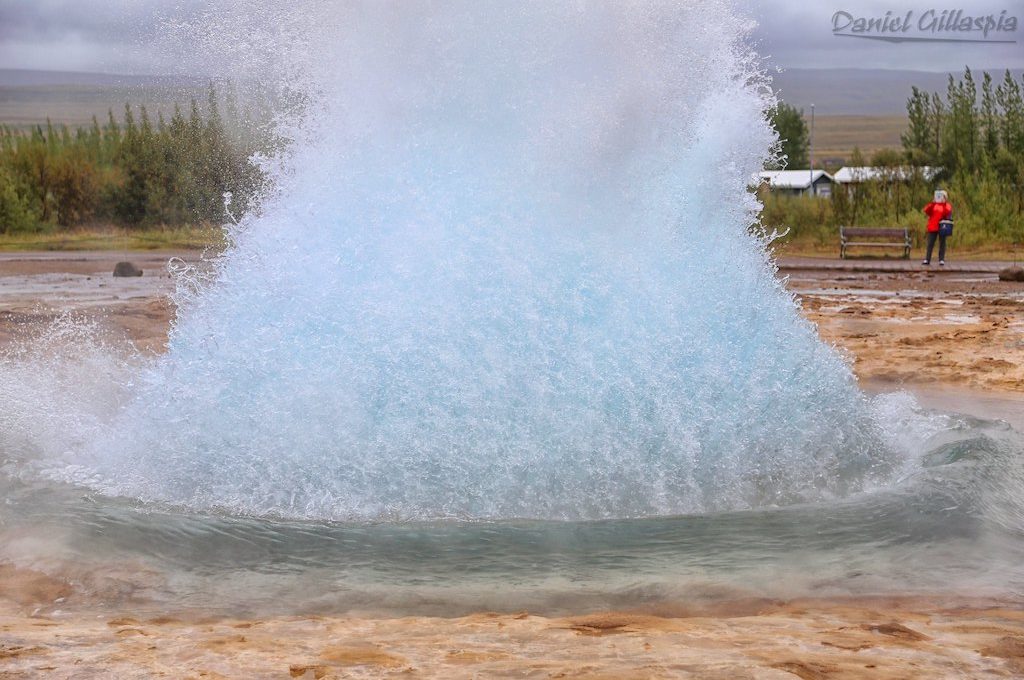
Þingvellir National Park
Þingvellir National Park was an interesting place. Personally, it didn’t really blow me away but it did offer some fantastic photo opportunities and also offers you the opportunity to say that you’ve stood between the two continents. On that latter point I was somewhat disappointed to hear that you can’t actually stand in between the ridge and touch the Eurasian plates and the North American plates. From what I researched, the Mid-Atlantic Ridge is so deep and vast that you can’t actually pinpoint any specific points where you could actually touch each side. Still, even if that’ true, the experience of knowing that you’re standing (somewhere) between these two vast tectonic plates is something I won’t forget and makes Þingvellir National Park worth the visit.
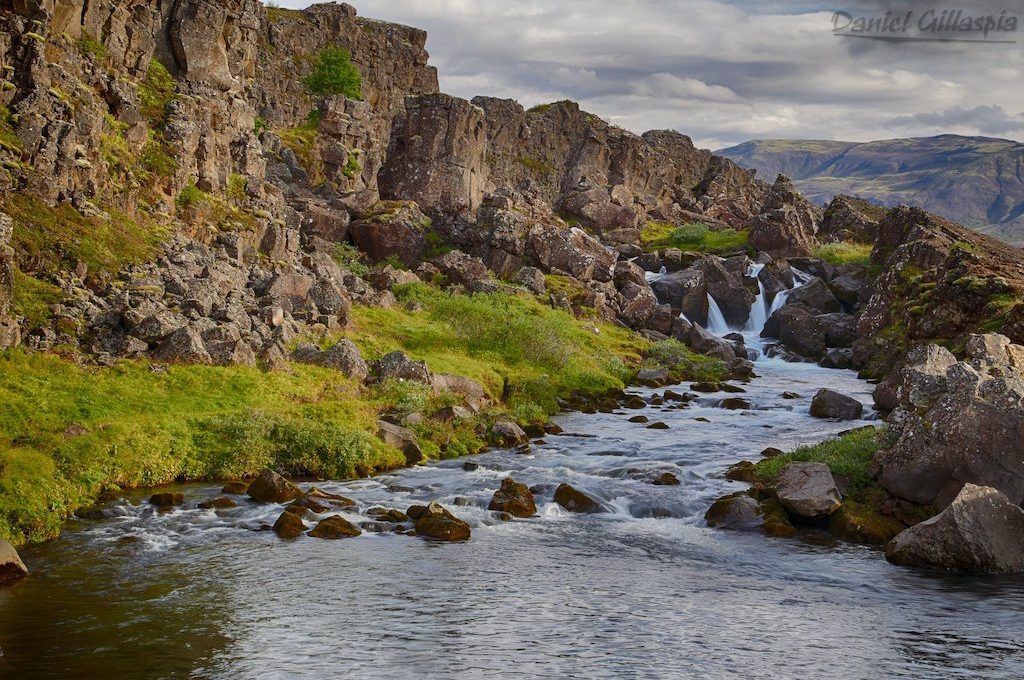
Gulfoss
Finally, there’s also Gulfoss. It’s one of the most famous waterfalls in the world and is worth a visit. Because the weather was so bad we pretty much just ran out from the car, took a look at it, and then scurried back in to the car. Hopefully, you’ll run into great weather there and will be able to linger there for some time.
The Jökulsárlón (The Glacier Lagoon) is a must-see attraction
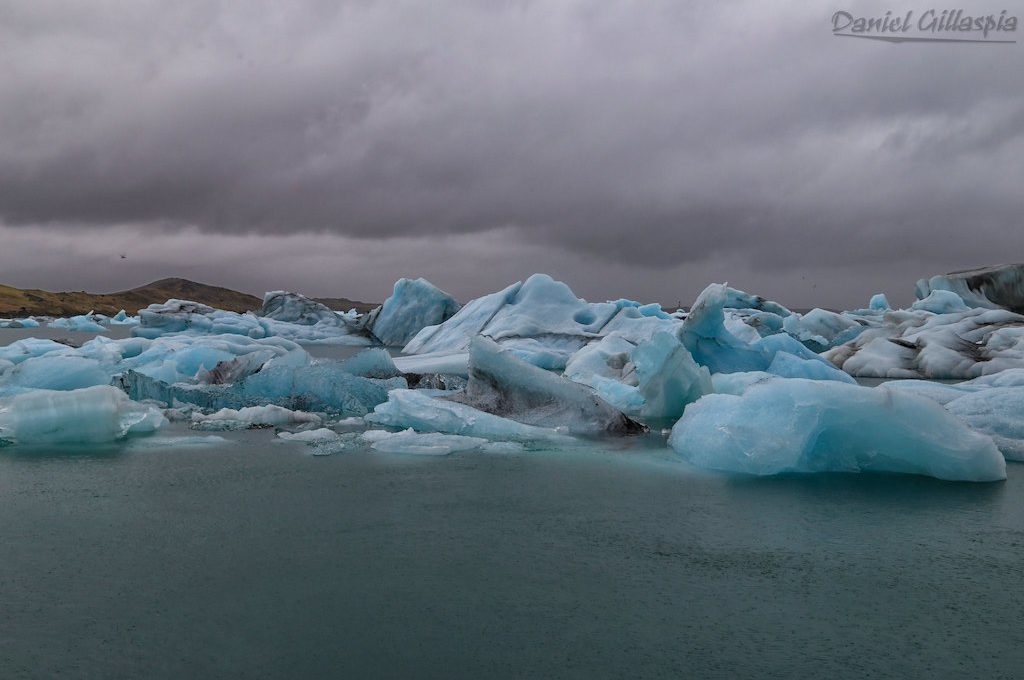
I find Jökulsárlón a little difficult to pronounce and even read so I’ll just refer to it as “The Glacier Lagoon.” The Glacier Lagoon is one of the most awe-inspiring sights I’ve seen and is probably the main reason why I wanted to visit Iceland in the first place. It’s the deepest lake in Iceland and giant icebergs slowly bob around the lake as they break off from a giant glacier. Between guided boat rides and walking along the black sand beaches, one could easily spend an entire day admiring the lagoon. One of the cool things about the lagoon is that your experience of the icebergs can be completely different depending on whether or not the sun is shining on them or not.
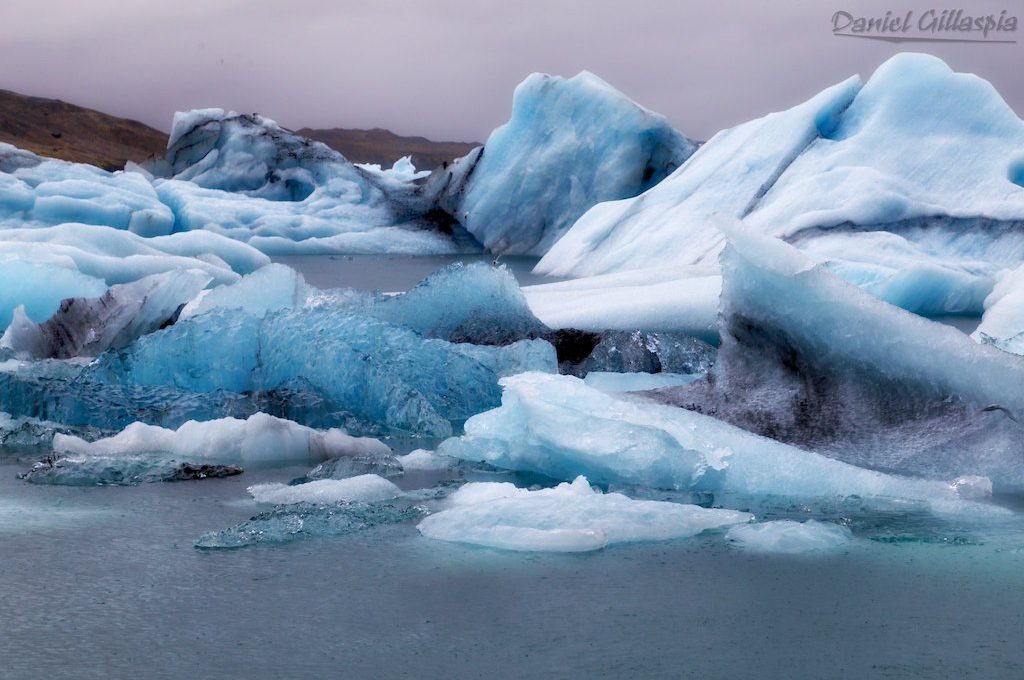
At the Glacier Lagoon, there’s a couple of parking lots that you can pull into just after you pass the bridge. When we arrived in early September around noon, there were hardly any cars in sight. However, I’ve heard that during peak season the traffic can pick up here. If weather permits, many people enjoy walking along the black sand banks that lead to the parking lot. And one thing you absolutely cannot forget to do is to visit the black sand beach on the ocean-side of the bridge. All you have to do it park on the opposite side of the bridge from where you are parked to see the lagoon and you’ll walk up on the beach. Sometimes the tidal conditions aren’t quite right but if you catch it at the right time you’ll see tons of ice chunks (some the size of automobiles) washed up on the beach.
If you’re making the drive from Reykjavik to Jökulsárlón the ETA on driving is 4.5 hours. But keep in mind that there are several amazing things to stop by and see along the way. These include the cliffs overlooking the black sands at Dyrholaey and the waterfalls of Selijalandfoss and Skógafoss, among many other interesting viewpoints. With that in mind, you may want to plan on that trip to the glacier lagoon taking closer to 6 or 7 hours. I recommend starting that drive early in the morning to maximize your daylight.
In addition to planning enough to time to get there and see other sites, I suggest booking at least one night in a nearby hotel, such as those in Höfn (see my hotel reviews below). If you spend at least one night in that area, then you’ll have the opportunity to catch at least one sunrise and/or sunset at the glacier lagoon, which will make for remarkable photographs. If you can’t spend a full night there then don’t worry; you can still fully appreciate the Glacier Lagoon just by stopping by and checking it out.
The Blue Lagoon is the ultimate experience in relaxation
See my tips for visiting the Blue Lagoon for more information about the Blue Lagoon. Right now, I’ll just say that the Blue Lagoon was the most relaxing experience I ever had in my entire life! You don’t have to indulge in the premium package that comes with a robe and meal to the Lava Cafe either; just taking a dip in it is an almost hypnotic experience. The water is the perfect temperature and you can easily stay in there for hours.
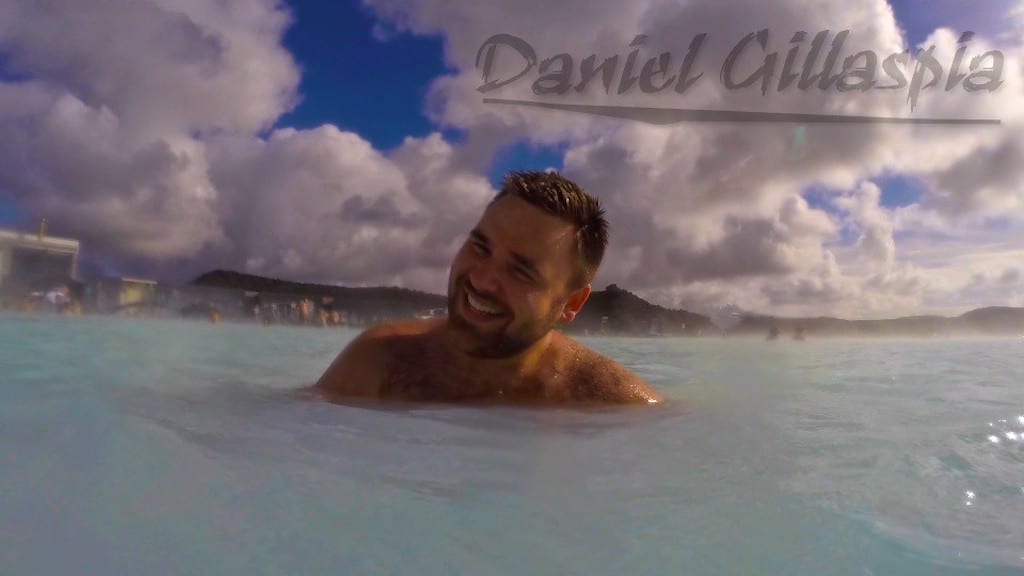
As far as what to consider when planning, I think that visiting this at the end of your trip, after you’re exhausted, is perfect. Also, if you wait toward the end of your trip you’ll have a better sense of where you stand financially and you can decide if you want to splurge at the Blue Lagoon with some of the premium packages, massages, etc.
So those are a few quick notes on these destinations. Here are a few general words of advice that will hopefully make your trip a lot smoother.
Getting around Iceland: I recommend choosing a rental car
Iceland is the perfect place for jumping in a rental car and making your way around the island. There are plenty of rental car companies to choose from and some of them are pretty reasonably priced, though you will have to book them well in advance if you want to catch those rates for the cheaper vehicles. We went with RED Rentals and they had great service and provided us with a great running car. They even will pick you up from the airport (though we missed that memo and took a shuttle to their office downtown).
There’s always an option to get around the country by bus as well. However, this option can still get a little pricey and some of the busses don’t run very frequently so you will have to plenty of research to make sure that you don’t leave yourself stranded for a few days in a less-frequented part of Iceland.
One option for the traveller willing to deal with the risks is hitch-hiking. Iceland has some of the safest hitch-hiking around and there are a lot of travelers doing it in the south area of the country. Of course, this always comes with a risk, but if you are on a shoestring budget then perhaps you could look into this.
Tip: Use WalletFlo for all your credit card needs. It’s free and will help you optimize your rewards and savings!
Phone Service
Upon arriving, we bought a Vodafone SIM card for our unlocked iPhones. Overall, the service was okay when we were near urban areas. However, it gave me a lot of trouble when I tried to pull up my internet browser outside of the major cities. In fact, the lack of service rendered my iPhone GPS maps useless. If it weren’t for my GPS in the rental car we would have struggled to find our way around. My suggestion: get a Vodafone if you feel you will need to use data around cities but don’t rely on your cell phone service to get you around the country.
Lodging: When to book
I suggest for those people looking to pursue the northern lights to await making their bookings until they arrive. I’ll post more on the northern lights at a later point, but the reason is I state for making last-minute bookings is that the weather can be so fickle and one side of the island may be cloudless while the other side is completely overcast. Waiting until the day-of to book hotels can be nerve-racking, however and so if that is the sort of thing that you’re not comfortable then perhaps just go ahead and play the odds and book ahead. But if you’re visiting in late August as we did, you’ll find there is no difficulty in finding available hotels on the day of or day before your planned booking (this would be less doable in the summer but the northern lights won’t be out so that’s not an issue).
Where to stay in Iceland?
If you’re not like us and you don’t mind sharing bathroom facilities then you will have a much easier time finding more affordable lodging across the country. However, if you are like us and you prefer to have private bathroom facilities in a hotel with decent reviews you should expect to pay around €125-150 per night and expect the options to be somewhat limited. We stayed at four different hotels and I am going to recommend two of them. Here are the two that I recommend:
- Thoristun Apartments (Selfoss) (€126 per night) — The town of Selfoss is a good place if you are wanting to stay somewhere outside of Reykjavik after seeing the Golden Circle and perhaps want to get a jump start on your next day trip to the Glacier Lagoon or any other destination on the eastern side of the country. There are plenty of restaurants and I really loved that their traffic lights had smiley faces on the green lights. : ) As for our hotel, we really enjoyed our night at Thoristun Apartments. The customer service was exceptional and they will even let you check in early if you contact them ahead of time.
- Seljavellir Guesthouse (Glacier Lagoon) (€168 per night) – Finding an affordable place near the Glacier Lagoon with private bathrooms is difficult. There are limited number of places to choose from but this place was pretty great. It’s a small hotel with probably only eight or ten rooms but it is very new and very clean. Because tidiness is a big thing for me I give this hotel an A+. The hotel is also close enough to Hofn that you’ll have no trouble heading into town for lunch and/or dinner. (Though breakfast is available at the hotel we didn’t try it so I can’t comment on that.)
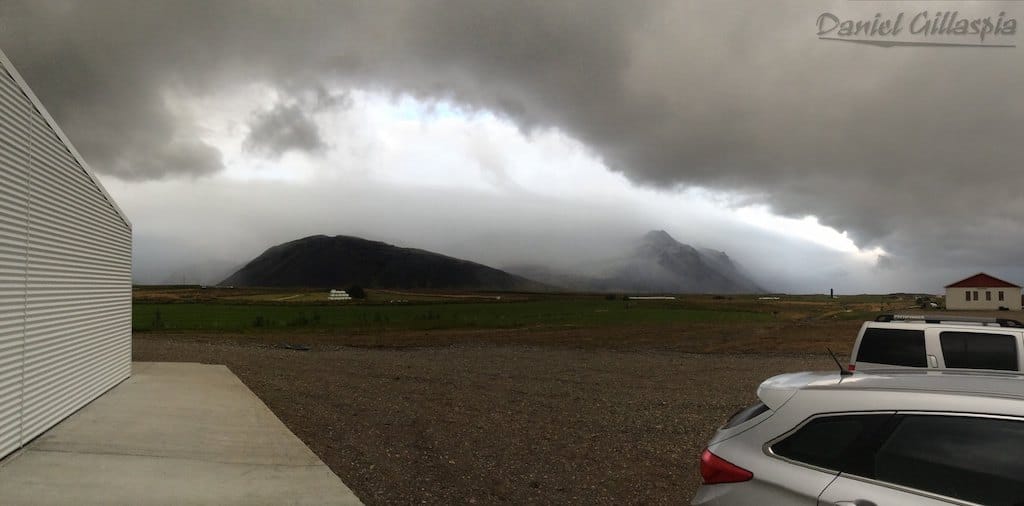
The food is pricey and not exactly overwhelmingly delicious
I’ve got to be honest, overall, I wasn’t too impressed with the food in Iceland. A lot of that probably has to do with the fact that I was so sick but I think some of it is just the way it is. I’ll say this, there are plenty of restaurants where you can find some quality lamb dishes and seafood like lobster. You can’t really go wrong with those dishes. I also tried some other American foods that I heard good things about in Iceland like hotdogs and pizza. I wasn’t too impressed with either of those but I did have a couple of great burgers during my stay in Iceland. Finally, there are some of the local dishes like cured shark and Puffin… I was a little too sick during my stay to even contemplate trying to stomach those so my take on those foods will have to wait until next time.
One last thing about the food, if you plan on eating out at a decent restaurant you should plan on paying $40 to $50 USD for a meal for two. The one drawback to Iceland is that eating out is so expensive and you don’t always feel like you’re getting your money’s worth. For that reason, try to load up on sandwiches or some other cheaper food during the day or save them for dinner to keep the costs from getting too high. One thing that you can do is rent an apartment that comes equipped with a kitchen and cook your own meals. That will cut down on your costs a lot.
This is only the tip of the iceberg
Remember that I’ve only covered the tip of the iceberg when it comes to things to do in Iceland. I almost didn’t want to make this post because I felt like my Iceland experience was so cheated from being so sick. Just remember that there are a million more things to see and do in Iceland and that it is a unique landscape that you will never forget upon your visit.
Daniel Gillaspia is the Founder of UponArriving.com and the credit card app, WalletFlo. He is a former attorney turned travel expert covering destinations along with TSA, airline, and hotel policies. Since 2014, his content has been featured in publications such as National Geographic, Smithsonian Magazine, and CNBC. Read my bio.

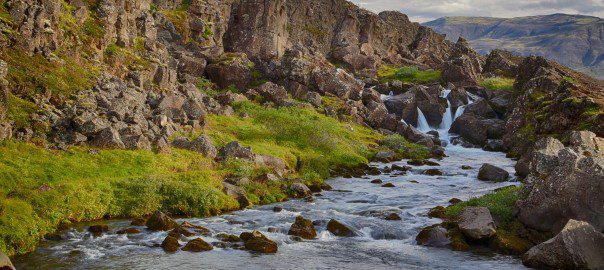
Thanks for the amazing tips! I’m dying to visit Iceland!
Incredible photos, Daniel! I would love to visit Iceland one day. I have been to Norway beyond the Arctic Circle and this kind of landscape really appeals to me.
And I love your photos too! If you like travel photography, you should check out our Travel Photography Competition. I will send you a link on twitter. Take care!